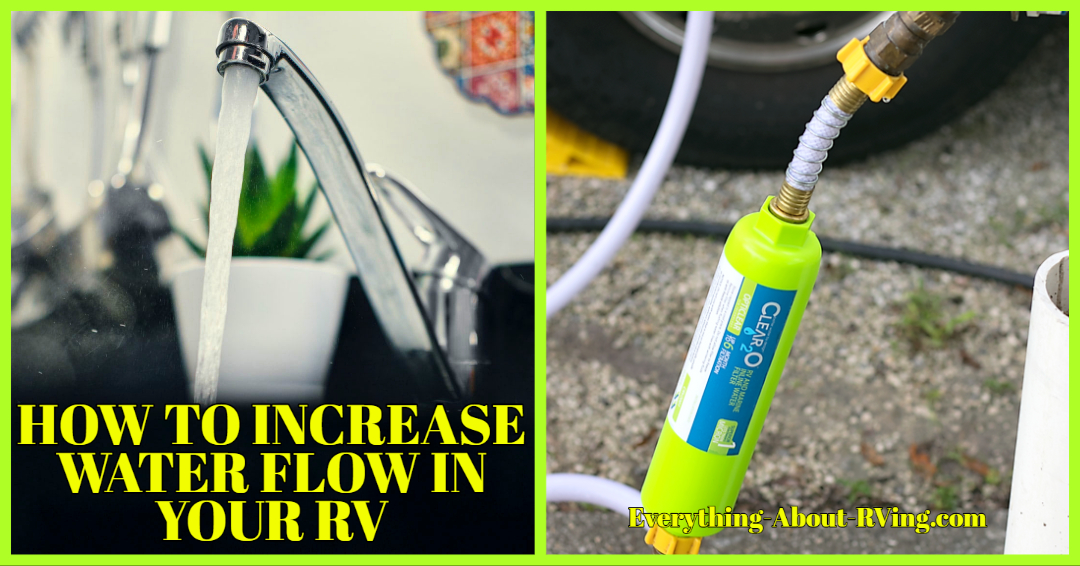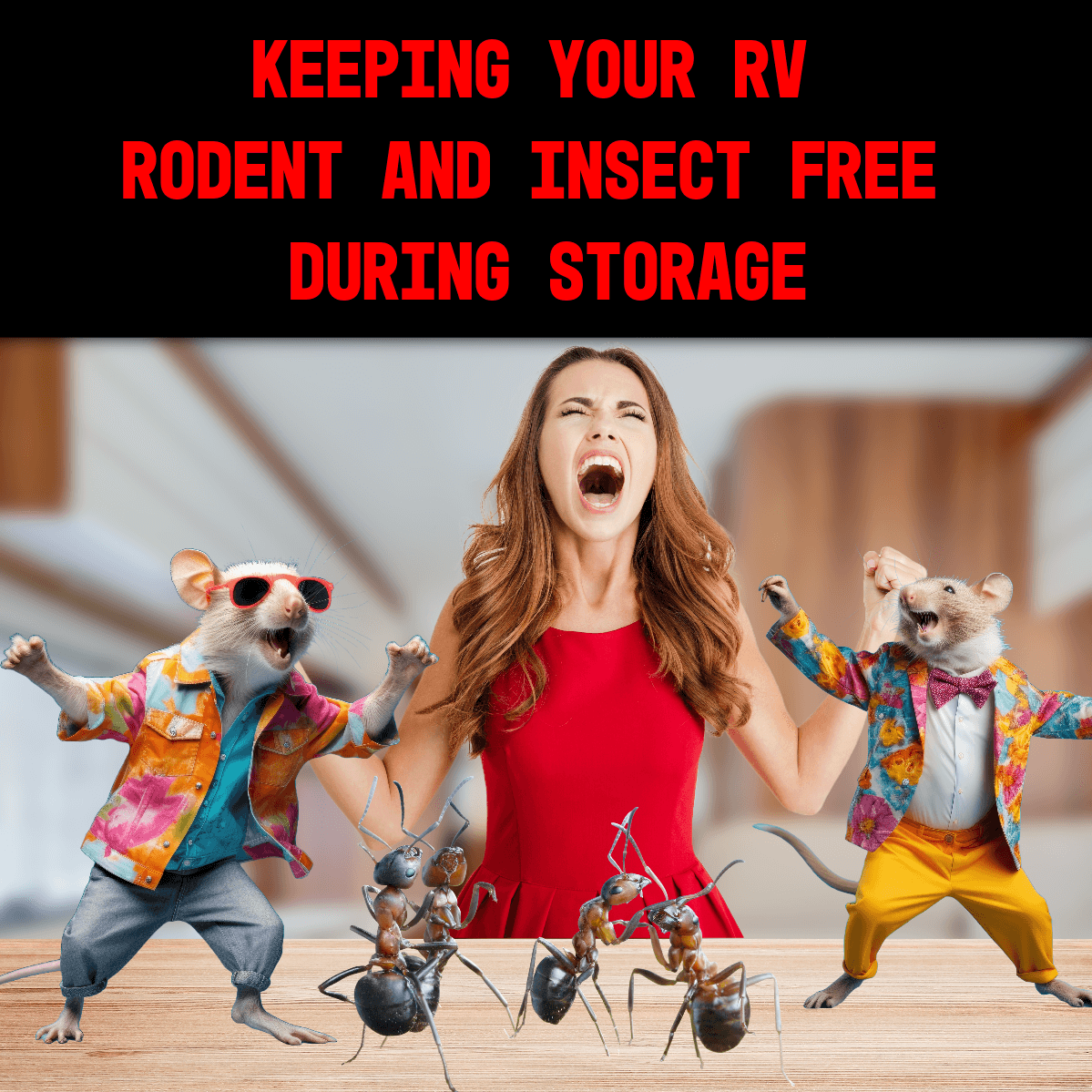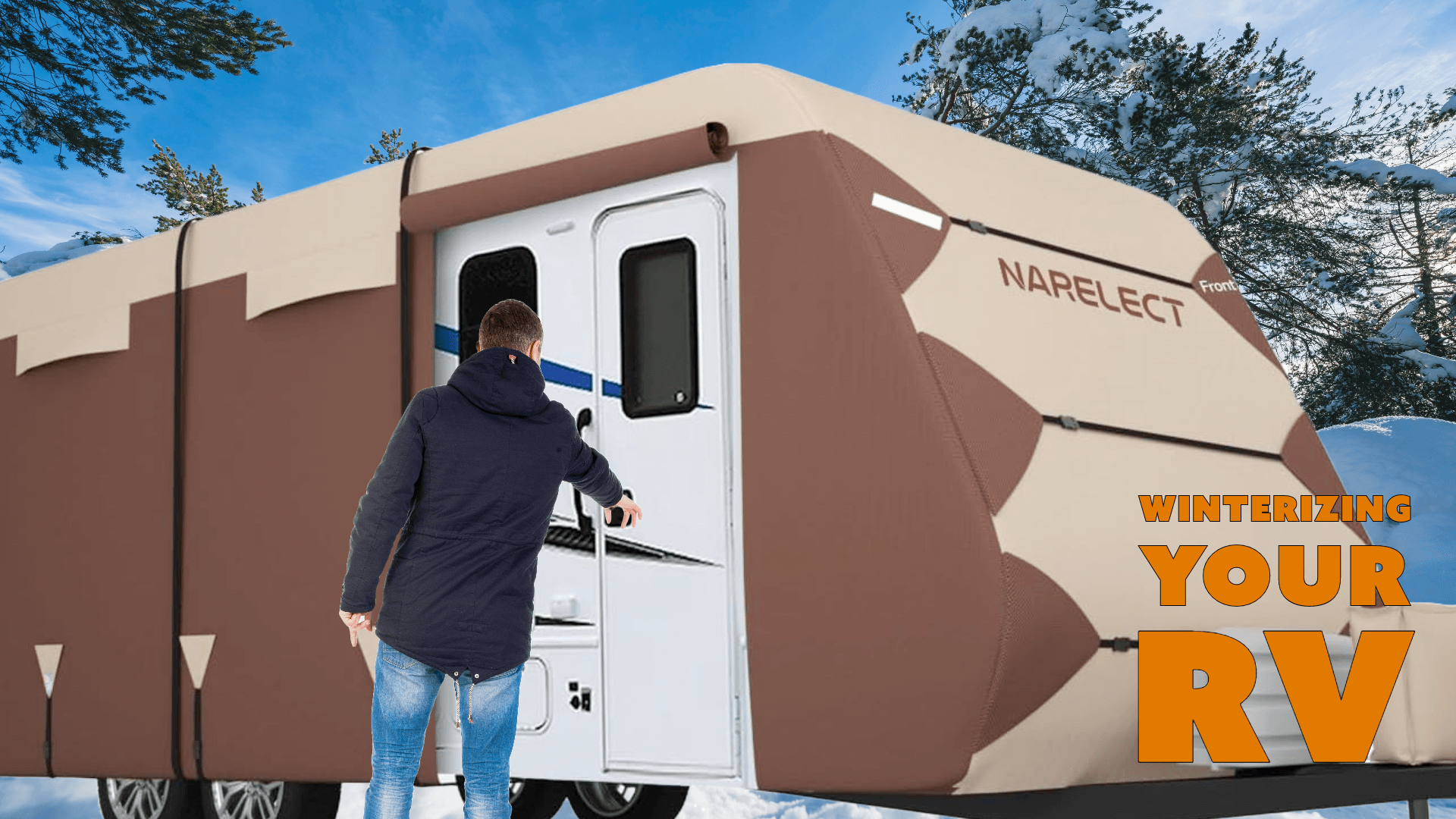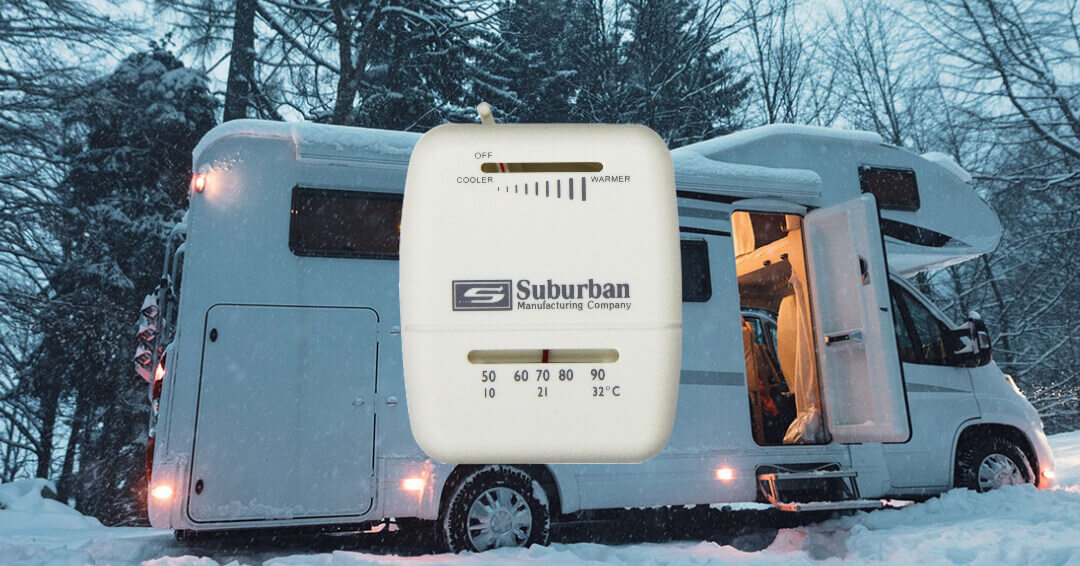How to Increase Water Flow in Your RV
Learn how to spot and fix the water flow problem
By Keith Bernard
A question that we often get not only about our RV water filters but RV's in general is, "Why isn't the water flow rate faster?"
It's truly a million-dollar question, and one which has multiple answers. The fact is, flow rate is affected by so many factors, it can sometimes require the sleuthing skills of a seasoned detective to get to the root cause. Some of the reasons are related directly to the filter itself; others are a byproduct of other factors that have nothing to do with the filter, like plumbing and hoses. Sometimes, it can be a combination of several causes.
Remember: water flow relates directly to your water pressure and gallons per minute (gpm) capacity, with each to be considered when flow rate declines. Though not intended to cover every possible scenario, this will serve as a troubleshooting guide to the most common issues related to slow flow rates – how to spot them and what you can do about them.
BEYOND THE FILTER
Fresh Water Hoses
Collapsed or kinked hoses are the first place to check for problems with flow. This is sort of the equivalent of checking to see if your computer is plugged in before calling a repair person. But it does happen, so start there; if you're lucky, that may be the end of it. Most approved water hoses are 5/8", so if you are using a smaller diameter hose, this may also limit your flow rate.
Pressure Regulators
Pressure regulators are a wise investment, but they can also restrict flow. The cheaper the regulator, the higher the chances that your flow will be restricted. RV plumbing systems are usually tested to a pressure of about 100 to 125 pounds per square inch (psi), but to prevent warranty problems, RV manufacturers may recommend lower pressures and to prevent system damage from spikes in water pressure.
Most house plumbing operates at about 45-60 psi, and this can be adequate for RVs, too. A good rule of thumb is to use a pressure regulator to control pressure and pressure spikes to below 60 psi. But often, an older regulator can restrict flow to much lower levels. Try connecting your hose directly without the regulator to determine if the flow is restored; if it is, time to change out the regulator.
Fixtures and Fittings
Manufacturers do all they can to reduce costs in RVs. Small pipes and other fittings may be the cause of your flow problems. Most RV showers are rated at 1.5 to 2.5 gallons per minute (gpm); if you notice a slower flow in your shower, you may want to inspect your shower hose/sprayer for mineral buildup and/or replace it with a new sprayer that has a higher gpm rating. While you're at it, remove and inspect the aerators on all your faucets. Some quick cleaning of the sediment deposits should help to improve flow rate.
Water Source
Water pressure varies considerably from place to place, and especially from campground to campground. We've had customers tell us that our filter didn't have the same flow rate as one of our competitors, only to discover that they were used at different campgrounds. Only by comparing at the same campground can you figure out if it's the filter or the water source. Plus. if the campground is full, the water pressure may decline while more campers are using the system, only to improve once all campers leave.
WATER FILTERS
RV Water Filter Sizes
The bigger the filter, the more filter surface area, so the better the flow. The smaller the filter, the smaller the surface area, so expect lesser flow. Purchase of a larger canister system can improve your flow; you may give up the convenience of an inline filter, but you'll gain the higher flow rate obtained through a larger system. It all depends on if you have the room and the budget.
Dual Canister Systems
Sediment is a well-known filter killer. If you're using an inline filter with a low-micron filtration, the sediment will quickly plug it up and not only decrease water flow but likely stop filtering altogether. If you're in a high sediment area, you can use a dual canister system - like the CLEAR2O® Dual Canister Water Filtration System CDC200 - to get the large particulates like sediment out first, so that the small-micron filter can do the job of handling the smaller stuff. This will dramatically help you flow situation, and change the prefilter often to maintain the flow and lengthen the life of your carbon filter.
The video below give more information on the CLEAR2O® Dual Canister Water Filtration System CDC200.
Filter Performance
Keep in mind: a clogged filter is not necessarily a bad thing. What it means is that the filter is working to remove contaminants that you don't want in your glass. Take our CLEAR2O® CRV2006 RV and Marine Inline Water Filter, for example. After a couple of months, if you were to cut one open (as we have actually done), you would see a filter that is completely brown. The superior performance of the filter means that it will clog up faster and potentially slow down flow rate as it nears its capacity. But a quick filter change will get you back flowing again.
TIP: Campground water is notorious for brown water at the spigot. This is often sediment or rust build-up in the campground plumbing system, so always remember to flush the spigot prior to hooking up your filter system for longest life.
The video below explains how the CLEAR2O® CRV2006 RV and Marine Inline Water Filter makes campground water taste great.
Micron Level
This is a function of performance as well. The solid block carbon of the CLEAR2O® Inline Filter allows it to filter at a 1-micron level. With that level of filtration, it is obviously going to clog up faster than other brands that use granulated carbon, which is much more porous and allows more contaminants to pour through. So, while you might be giving up a bit of flow rate, you're gaining a huge advantage in water quality. And if a filter has great flow rate but is letting significant amounts of contaminants get into your water, does flow rate even matter?
Take a look at the video below to learn more about the superior construction of the CLEAR2O® CRV2006 RV and Marine Inline Water Filter.
If the water flow rate in your RV isn't up to the standard you're looking for, check out all these possible scenarios. In some cases, the fix is simple; in others, it may be out of your hands. But for filters, remember: a clogged filter is just doing its job!
Do you have any suggestions or comments on this topic? You can add them to this page by using the comments section located below.




